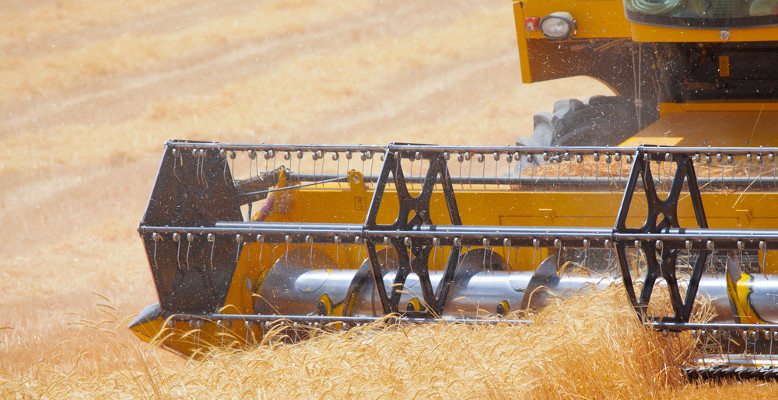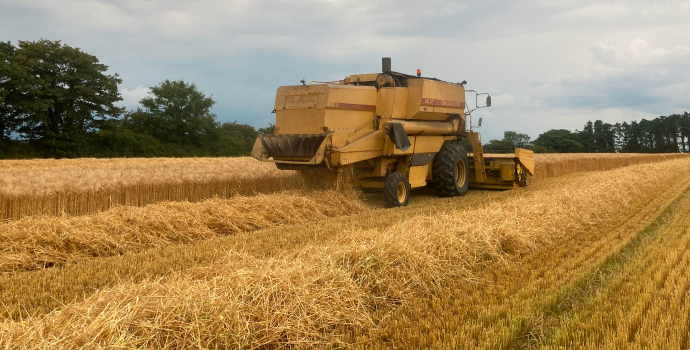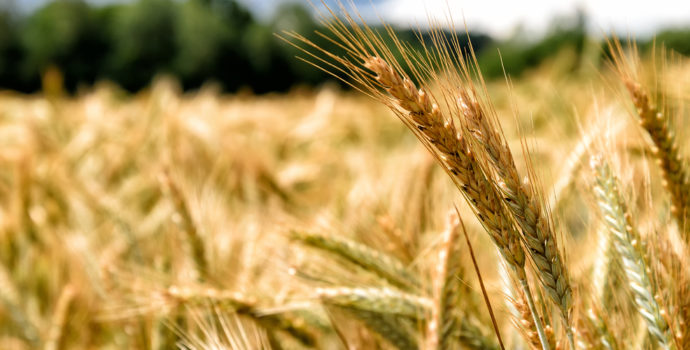
Native grain prices remain broadly stable amid slow demand. Compounders continue to use higher percentages of maize in rations. Dry grain prices for 2019 are slightly weaker at €185/t for barley and €193/t for wheat.
Native/Import Dried Prices
| Spot / Dec 5th | Jan – Mar 2019 | |
| Wheat | €210 – €214 | €214 |
| Barley | €215 | €215 |
| Oats | €245 – €255 | |
| OSR | €375 | €378 |
| Maize (Import) | €179 | €182 |
| Soya (Import) | €340 | €342 |
Positive news on the US/China trade dispute from the G20 gathering over the weekend caused prices of all grains and oilseeds to spike on Monday. In general prices have eased a little since but are still positive for the week.
Initial reports from the southern hemisphere grain harvest indicate that Australia’s winter crop will be reduced by 23% while in Argentina there were reports of frost damage in areas however this appears to have been compensated for by higher yields. The Australian situation should certainly bolster the barley market as the International Grain Council (IGC) expects demand for imported barley to rise faster than production. The IGC expects demand from major importers such as China a Saudi Arabia to remain strong while the predictions for world barley production at 140million tonnes in 2018/2019 is 6 million tonnes behind the 5-year average.
Both soybeans and oilseed rape have had a positive week so far. Soybeans moved higher on the positive trade news which should help move US stocks to China if the soundings from the G20 hold true.EU proposals for restoration of duties on Argentinian biodiesel imports and news that oilseed rape production in Australia could fall by 39% this season, drove European rapeseed futures higher.


